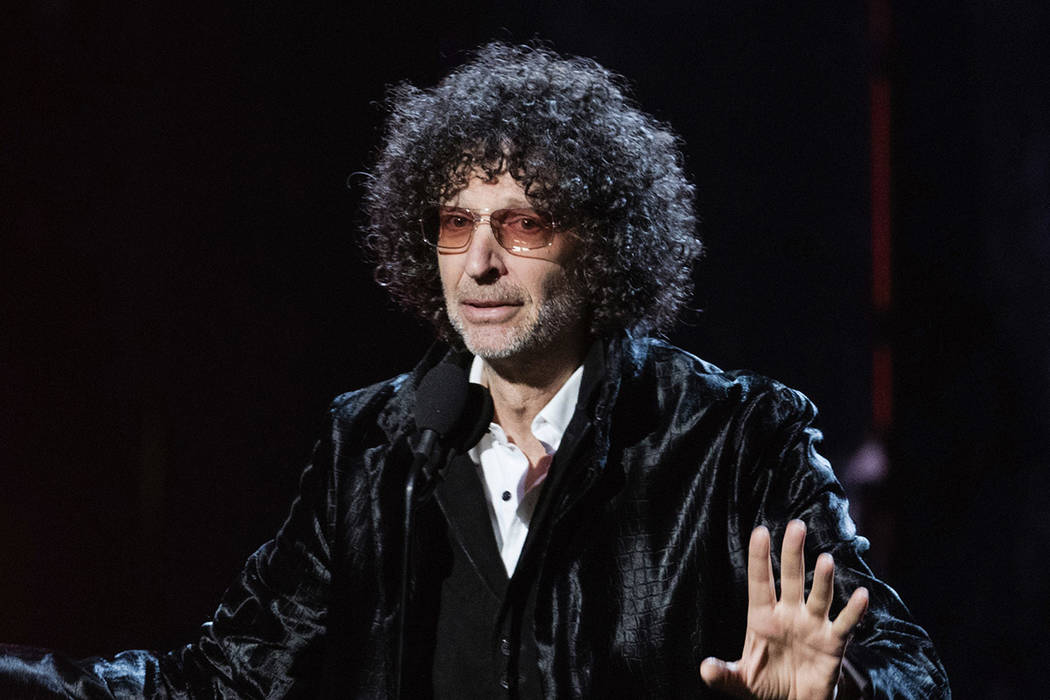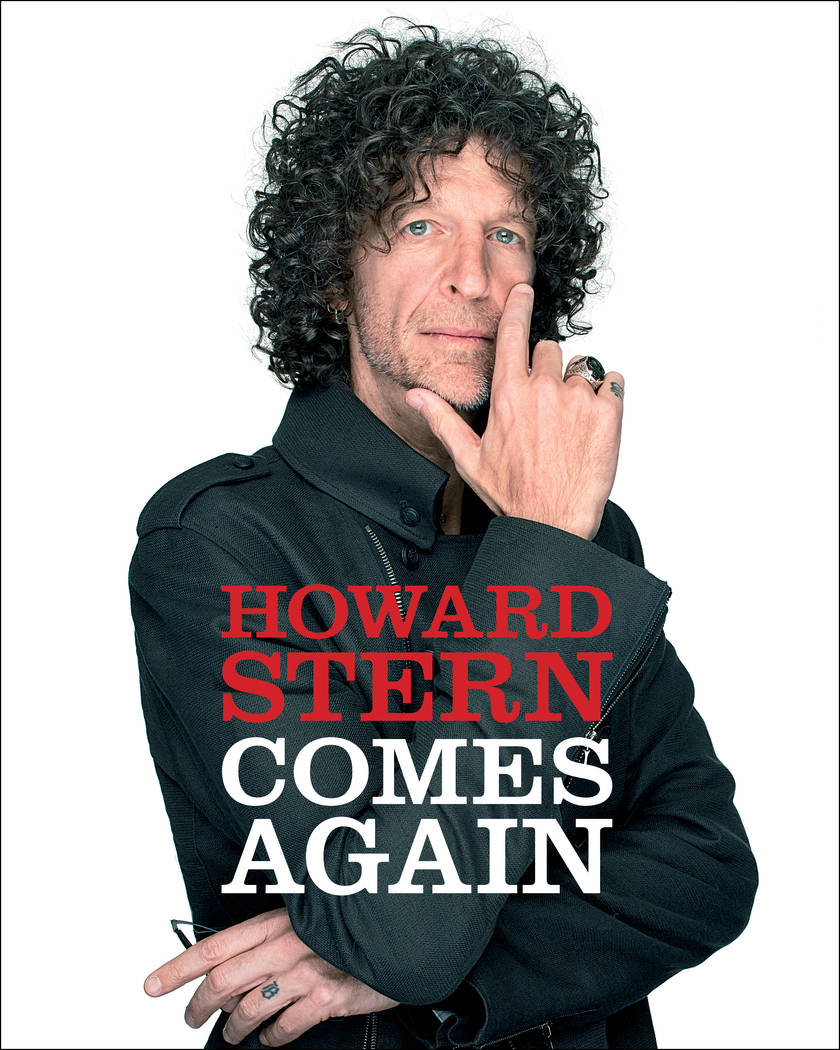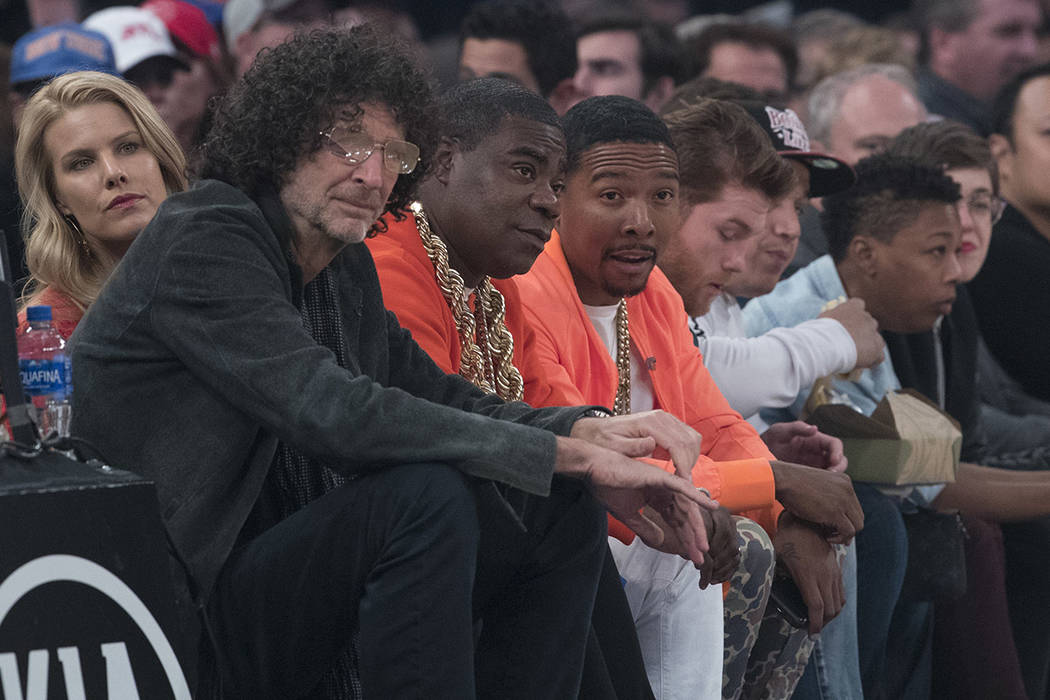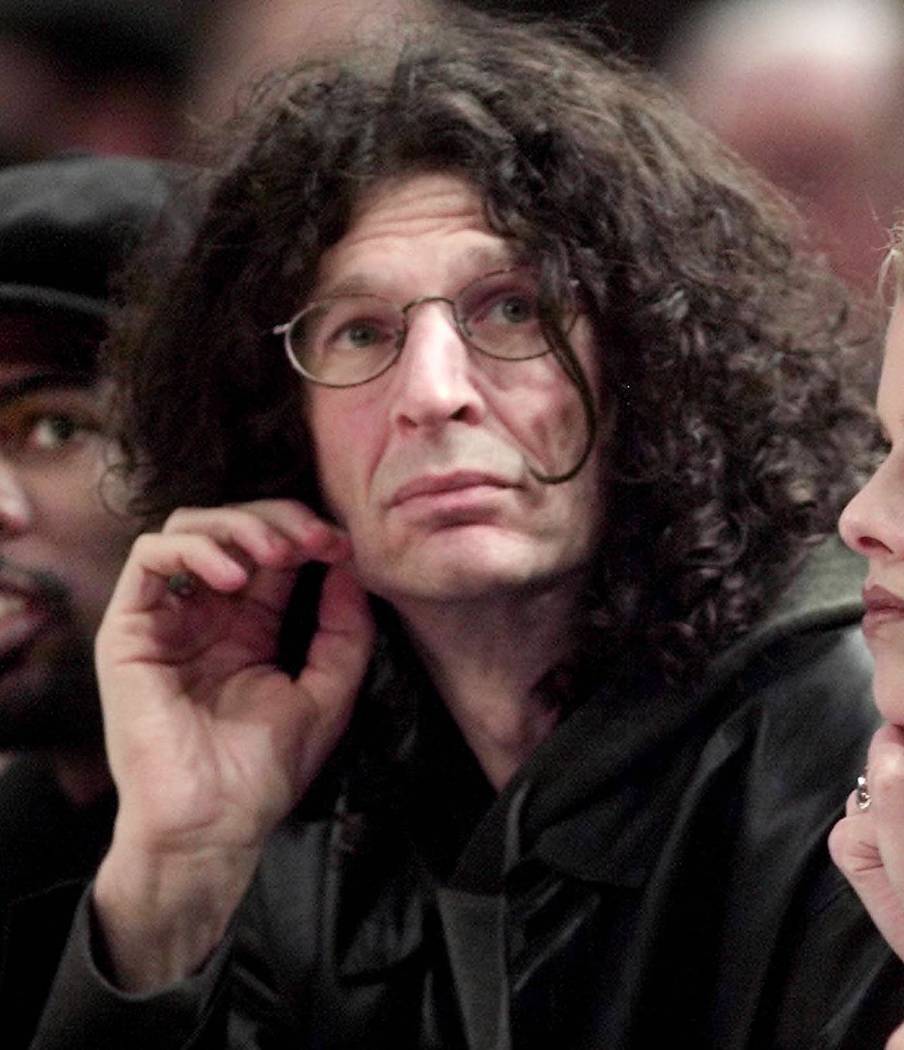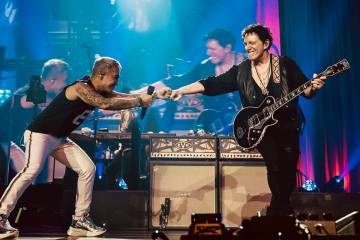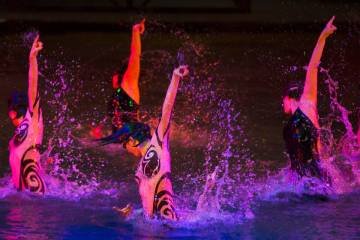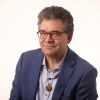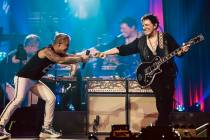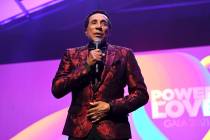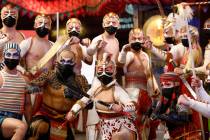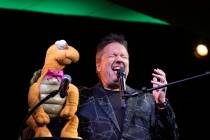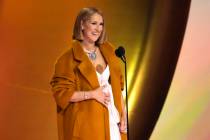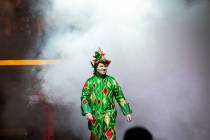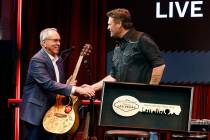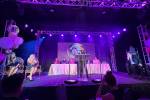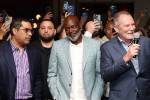The answer to Howard Stern’s ‘silly question’ is in new book
Tucked into this interview with legendary broadcaster and published author Howard Stern is the possibility he’ll visit Vegas, and soon.
“I heard from Steven. He wants me to go out there,” Stern says. “I’m going to try.”
Steven is Steven Tyler, and the “try” would be to catch Aerosmith at Park Theater. Tyler actually sent a persuasive text to Stern this month, inviting him to the show. A line from Tyler’s lyrical note: “It seems every time I sing my heart out I have to grow another.”
Maybe it’ll work. Aerosmith is back on June 19. By then, Stern’s new book, “Howard Stern Comes Again,” released today, will be out a month and he’ll be about finished with this book-promotion odyssey.
“Comes Again” is Stern’s third book, following “Private Parts” and “Miss America.” The new release by Simon & Schuster is an array of Stern’s best interviews, spelled out in a Q&A format. It can be absorbed as pure entertainment, a reference book or an updated memoir of Stern’s career.
We chatted for 10 minutes on the phone Saturday afternoon. What transpired:
Review-Journal: Through all of these interviews, you hold up Conan O’Brien as your favorite. Why him?
Howard Stern: I’ve been asked so many times over the years, “What is your favorite interview?” I’ve actually felt it was kind of a silly question, because there’s no favorite interview, in terms of who the person is. What I meant by “favorite interview” was I’m neurotic about that radio show, and pretty much everything I do. I’m obsessive. I’m always left with the feeling afterward that I didn’t get it perfectly right. I missed something. I left this or that on the table, the guest didn’t say this or that. I have a hard time living with these interviews afterwards.
With Conan, there was this weird revelation. That was the one time I went, “Wow, there wasn’t a question I left out, I really heard my guest.” I got the funny out of him, I got the seriousness of his depression. He was so brilliant. It was like the perfect conversation. I went home and said, “You know, I’m not having that feeling that I blew it.”
It’s a definitive explanation, given the quality and quantity of everyone you’ve interviewed.
People have written me who like Jerry Seinfeld, or maybe Rosie O’Donnell, or Lady Gaga saying, “That was the best one!” for them. It was Conan only because I felt so good afterward.
You write about your health scare, having a cyst removed from your kidney. I have to ask how you are feeling.
My health is good, I’m feeling good. Listen, I’ve been reflecting on this whole idea of doing a book promotion — the last time I did any book promotion was 20 years ago, and it feels like I was shot out of a cannon. You have to pace yourself, but I’m doing well. The reason I wrote about that health scare was I was trying to figure out why I was even writing this book. I wanted something to leave for my kids, or something I was really super proud of. That was really the driving force.
You still seem young, at 65.
But the health thing really brought a reality to me I really thought I was invincible. My parents are 96 and 91, I’m just supposed to live forever. It was, wow, a real smack in the head. It turned out to be nothing, but to be told there’s a 95 percent chance you have cancer of the kidney is no picnic. It was a wake-up call.
Did it lead to any lifestyle changes?
Not really. It was a cyst, turned into being pretty careful about what I ate, not really a drinker and I’m not a smoker. I’ve always exercised.
Was this deep enough that it caused you to step back and look at what you haven’t done in your life, or your career?
Not that so much, for me, but it filled me with regret. I love to read now, and in the past I’ve missed out on reading a lot of books. I’ve fallen in love with painting in the past few years and I’m like, “Oh, damn,” and one day I’ll get off the radio and have time to draw and paint and get proficient at it.
I’d also just like to hang out with my wife and my kids, get to know them better. But now everything is time-compressed. The sand in the hourglass is running out, and it’s kind of mind-blowing.
What kind of painting would you do?
Watercolor, primarily. In the book, I put in a painting of my cat, Sophia, who died. My wife and I are really into animal rescue. You try to paint things that are meaningful to you, so I do a lot of landscape, I’ve done a bunch lot of our cats. I’m trying to find myself. Learning how to draw is the key to it all. I spend a lot of time, when I have free time, which isn’t a lot, I work on it. I’m learning.
Like how Tony Bennett has turned painting into his second passion?
Yeah. In fact, I was working at a restaurant years ago and he did a little portrait of me. He’s very good — he studied at the Arts Students’ League (of New York), so he is very good. But I see a lot of famous people sell paintings, and people are just buying the signature rather than the fact that they’re proficient. I’m not anyone to judge because I’m not that good, either … But i’m not looking to sell them. It’s just something I want to do for myself, like an art journal.
The book’s format really draws you into these interviews, like you can hear the voices. How much did you contribute to the construction and editing?
I did not want to write another book at all. But I’d always toyed with the idea of releasing these interviews in some way, as a compilation. So in order to sort of seduce me into doing it, they came to me with all these interviews and said, “Look, you don’t have to do anything at all! We did it all for you!” But when we sat down and looked at it, these weren’t my favorite interviews. By favorite, I wanted a smattering of rock ‘n’ rollers, showbiz people, the guy who says he was at 9-11 but he wasn’t, some infamous people, I wanted to get Trump in there.
So you went back and re-started the process?
I had to start from scratch, and that meant going through transcripts and figuring out if something was worthwhile. What am I trying to say about the art of interviewing and my career? Then I started writing pieces with the interviews, and stand-alone pieces, and that’s why it took two years to do, with constantly revising. But it’s clearly a reflection really and truly of me. It can’t be done by somebody else.
As a reader, do these conversations still hold your interest?
I gotta tell you, I did these interviews, and remembering Jerry Seinfeld very, very well and I don’t remember any of this. The written word is powerful. Reading them is worthwhile, they teach us something. It teaches people what I might be thinking these days, too, a lot of my own personal growth. I wanted to bring the reader on a journey and really give them a sense of me.
John Katsilometes’ column runs daily in the A section. His PodKats podcast can be found at reviewjournal.com/podcasts. Contact him at jkatsilometes@reviewjournal.com. Follow @johnnykats on Twitter, @JohnnyKats1on Instagram.



